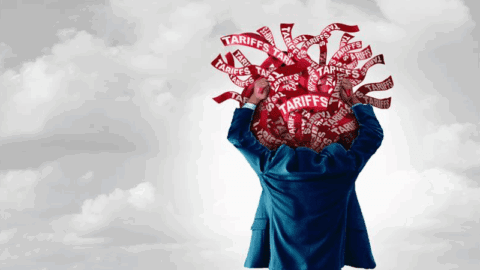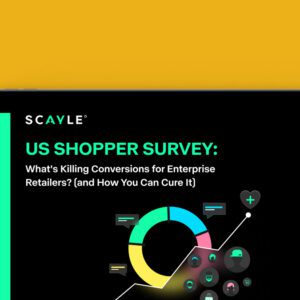If there was ever a time that retailers wish they could send a personal, emotional, timely message to their best customers, this might be it. With overall sales down across most categories for March and April, and the summer doldrums on the near horizon, every customer and every sale becomes magnified.
In fact, with every month that goes by, the fourth quarter selling season grows in importance. Many retailers are counting on strong holiday sales to pull them out of a tough year. But before banking too much on that fourth quarter, at least one pillar of the multichannel retail foundation is advising an element of caution. That pillar is email and the caution is against overly aggressive email practices that might work for this year, but might alienate customers for the long term.
“Even small to medium sized retailers must plan in advance when it comes to email strategy,” says Huw Griffiths, director of marketing for Campaigner, which is an imprint of email marketing provider Got Corporation. “Take a long term view. It might be tempting to take a look at last year’s best practices or some other company’s best practices for email, but understand that success for email is not just limited to those highly effective campaigns. Email strategy can be seasonal, but it’s also about building loyalty and building repeat buyers.”
Advertisement
Many email marketing experts say the retail business faces a unique challenge in this challenging economic climate. They must match hypercompetitive behavior in the short-term without sacrificing long-term value. And they also must focus on the proper scale. The size of the email list is not as important as it was last year. The quality of that list is more important, and the relevance of the email message is more important.
“That’s why email can fail,” says DJ Waldow of Bronto. “Even big online retailers can fail because they don’t take the time to think strategically. Strategy is about who you send the right email to at the right time. It’s not about how many you send. I think retailers should remove the word ‘blast’ from the marketing lexicon. No one should blast. Give customers what they’ve asked for.”
One of Bronto’s clients, Discount Dance, has doubled its online revenue as a result of fairly simple customer segmentation. It has 350,000 plus customers on its list, and less than one percent of its customers have opted out within a year, despite a turnover rate of 50 percent. John Miller, Discount Dance’s VP of ecommerce, says outsourcing the email effort has been a key factor in its success. But it has also laid the groundwork for more segmentation. For example, Christmas is a slower time of year than back to school. But gift ideas based on segments can be sent to most valuable customers now, and could not be before.
The temptation for most retailers, even those that consider themselves to be strategically savvy, is to look at last year’s response rates, find the customers that responded and fire away in a similar fashion. In fact, it’s tempting to email more often to more customers to make up for lost revenue during the year. Some of that will happen. Data from last year’s campaigns should be analyzed. But smart retailers will approach late November by heeding at least the five following rules:
ü Segment and then Innovate: Griffiths believes data drives innovation. As long as retailers are using data to understand customer segments that can be addressed via email, data can drive innovation. Geography, age, average purchase per visit, in-store spenders, online loyalists – all of these segments provide opportunity for innovative messaging. One of Campaigner’s most successful client is West 49, which operates 115 skate stores under several brands. Emailing to the generic “under 15” audience had limited success. The chain now uses gender, geographic and loyalty membership level segmentation. Its open rates are 15 percent higher, conversion rates have increased, and loyalty program members now spend 100 percent more with the chain.
ü Respect relevance and ease of use: At Got Corp, Griffiths suggests that every employee at a client sign up for email communications and report with their experience. Relevance and timing go hand in hand he says. A customer will not see an email as relevant if it ignores previous purchases, or if it arrives long after a request for information has been submitted. Waldow agrees and points to some huge retailers that make it difficult fro customers to fill out forms, receive emails, or recommend products via email.
ü Create a timeline: Maybe it’s the “12 day of Christmas.” Maybe it’s a “Black Friday countdown.” Retailers at the very least should understand what kind of emails it is sending to relevant customer segments, the frequency of those emails, and the outcome of the entire campaign. Email should consider pre-holiday relevance, and post-holiday relevance. That’s the best way to avoid a tone of desperation and adopt a posture of profit.
ü Integrate Web 2.0: An email should lead to something more, whether it’s a video, a recommendation site, or a blog. “Customers expect that,” says Waldow, “it makes the campaign more exciting and it’s easy enough to do.”













